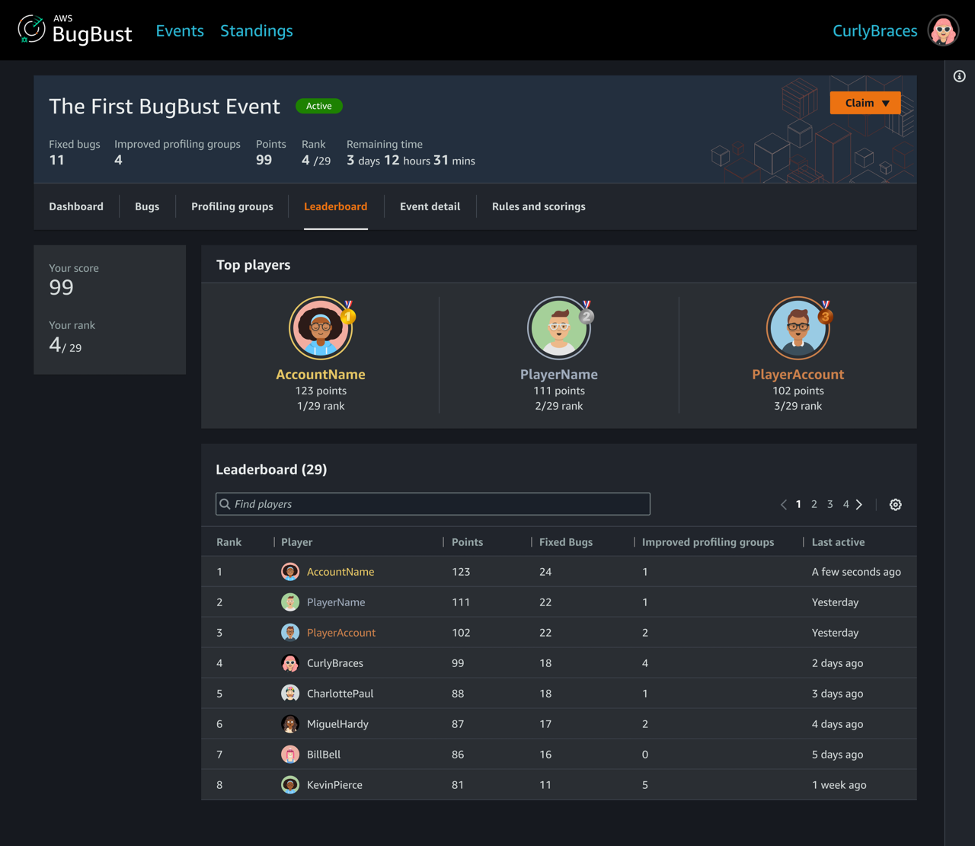Hacking DevOps with a Builder’s Mindset
If you read this blog, you know I love builders. And I love building. One of the biggest things the COVID-19 pandemic has taught me is that a builder’s mindset is necessary to solve difficult problems. Problems like scaling systems and using cloud technologies to develop vaccines in record time and reinventing how pharmaceuticals are shipped, preserved, and protected. Or crowdsourcing a cure for COVID-19. Or helping address mental health issues due to the pandemic. These are all fantastic examples of customers reinventing and innovating using cloud technologies to solve truly hard human problems. To deliver these solutions, developers have been working tirelessly behind the scenes, building —writing code, testing it, and deploying it— doing their part to bring these innovations to life. But that doesn’t mean developers’ work is over once code is pushed to production. After applications are deployed, keeping all the reinvention and innovation embedded in their code up and running can require a lot of work.
Another thing the past 15 months has given me is time to think. I’ve spent a lot of time thinking about how we’re entering a new era of DevOps and wondering how we can think of DevOps as a data science problem. Code, application metrics, logs—these are all data, and when we think of them that way, we can start to think of how we can optimize that data with machine learning (ML). And this is exactly why we built Amazon CodeGuru and Amazon DevOps Guru. By treating this as a data science problem, we can augment a developer’s expertise and allow them to spend more time doing what they do best –building. Across Amazon, we already use CodeGuru to optimize performance and save money in compute costs for more than 120,000 applications.
I’ve also been thinking about how we can better apply a builder’s mindset to DevOps, and that got me thinking about hackathons. Since the earliest days of my career, I’ve been involved in hackathons in some way or another, from participating as a builder to mentoring to judging hacks. It’s always gratifying to watch developers come together to solve a problem and see who can come up with the best or most novel approach. And while there’s usually a competitive element, it’s the camaraderie that I enjoy the most. There’s nothing more fun than staying up all night in an energetic and collaborative environment where people are trading ideas and best practices to build something innovative or something never seen before.
All this pondering led me to new questions. How can we help customers spend more time building new things and less on technical debt? How can we take the energy and excitement of a hackathon and apply this in other areas? What does this look like in an increasingly distributed and virtual world? And how can we apply ML to improve every aspect of the developer experience?
Introducing AWS BugBust
Today, I’m delighted to announce AWS BugBust. It’s the first global bug-busting challenge for developers to fix bugs in a fun and competitive environment. Using modern tools like CodeGuru, we’re able to transform the way we go about bug bashes, improving developer productivity with ML. As a result, we’re setting the bar high. Our challenge has the ambitious goal of fixing one million bugs and helping AWS customers save $100 million in technical debt.
Developers from around the world can take part. To get started, just create a BugBust event for your organization in the CodeGuru console. Then, all you have to do is select relevant codebases and applications, and CodeGuru will go in and scan millions of lines of code (or billions if that’s how big your codebase is!) and identify bugs and the most expensive lines of code that are eating up dollars in resource costs. This is a game changer for how organizations can think about improving the availability and reliability of their applications. The old way of putting on bug bashes involved developers randomly sampling code and manually looking for errors or defects. With CodeGuru, the tedious part is already done using ML. So developers can immediately get started fixing bugs and go head-to-head with their teammates to see who can fix the most bugs and save the most money. After each BugBust event, developer totals are added to the global BugBust leaderboard showing events from around the globe.

The more bug-busting events you participate in, the more points, rewards, and prizes you can win for squashing bugs. And the best part? The top ten bug busters win a trip to re:Invent in Las Vegas for the first annual AWS BugBust live competition.
Changing the game, quite literally
AWS BugBust is a force multiplier in how many bugs you can fix and how many applications you can improve. It’s also a game changer in reducing resource costs. We’re always trying to find ways for our customers to save money, and with BugBust, we’re gamifying it so customers can have fun while watching their bills shrink.
Now go out, go bust some bugs. And go build.
To learn more about AWS BugBust please visit: aws.amazon.com/bugbust
